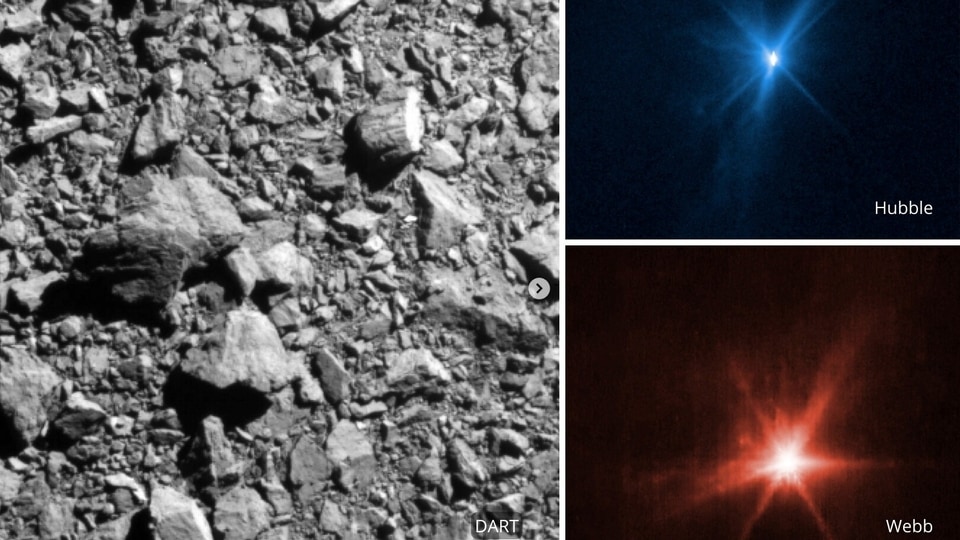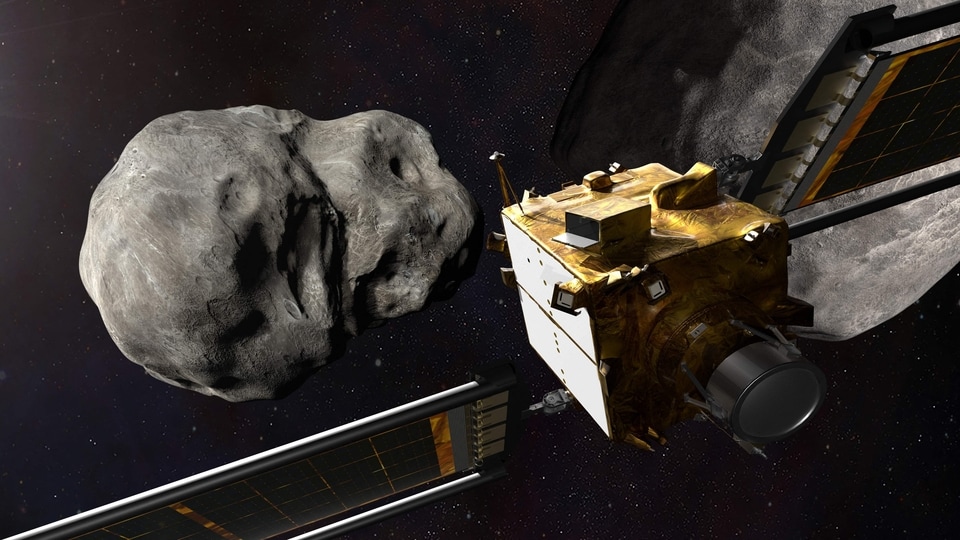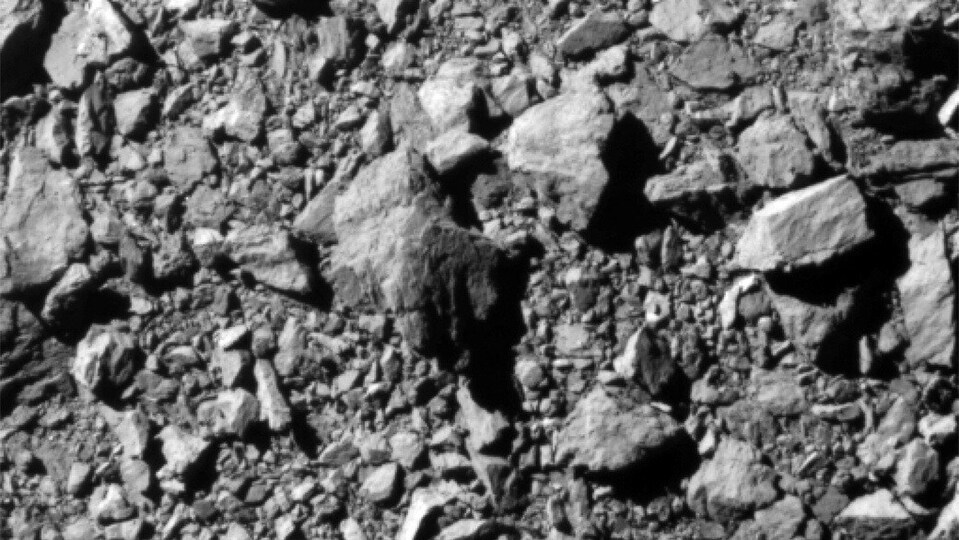Sky watching in October: Watch a bigger Jupiter, a meteor shower, more- NASA charts events
You will be able to watch planet Jupiter, Saturn, meteor shower and more in October's sky. Here is what NASA says.





_1664474838769.jpeg)

 View all Images
View all ImagesThe month of October has a lot to offer to space enthusiasts. From watching Jupiter, Saturn, meteor shower, and a lot more, NASA has revealed the space events occurring in October. "Stargazing in October? We've got you covered. Jupiter and Saturn are visible throughout the month. The full Moon illuminates the night starting Oct. 9. Mars enters retrograde, and the Orionid meteor shower puts on a show peaking on Oct. 20," NASA tweeted.
Both the planets Jupiter and Saturn will be visible throughout the night in October. According to NASA, early in the evening, you will find the planets to the southeast, moving slowly westward with the stars over the course of the night. They form a triangle with the bright star Fomalhaut. Explaining how you will know if you are watching a star or a planet, the research organisation said, "When observing this trio, note how the planets shine with a steady light, while the star twinkles. This can be an easy way to know if what you're looking at is a planet or a star."
The retrograde motion of Mars
Mars has been steadily working its way toward the east all year like it usually does, relative to the background stars. But at the end of October, Mars halts this apparent motion, and then appears to reverse course. Over the next three months, from November to late January, Mars moves toward the west each night. Then near the end of January, it reverses direction again, and continues its eastward journey.
This is what's called the retrograde motion of Mars. It happens about every two years, and it really threw early observers for a loop. That Mars appears to change its direction is an illusion caused by the motions of our planet in its orbit passing by the Red Planet in its orbit, NASA informed.
The Orionid meteor shower
The Orionid meteor shower is active throughout October and November, and peaks on the night of October 20. It's a moderate shower, usually producing 10-20 meteors per hour at its peak, under clear, dark skies. This year, the Moon will be about 20% full on the peak nights. So it will interfere a bit when it rises a couple of hours before dawn, but shouldn't totally spoil the viewing.
No special equipment is needed to observe meteor showers. Just make sure you are warm enough, and viewing from a safe, dark spot away from bright lights, NASA said.
Catch all the Latest Tech News, Mobile News, Laptop News, Gaming news, Wearables News , How To News, also keep up with us on Whatsapp channel,Twitter, Facebook, Google News, and Instagram. For our latest videos, subscribe to our YouTube channel.




























